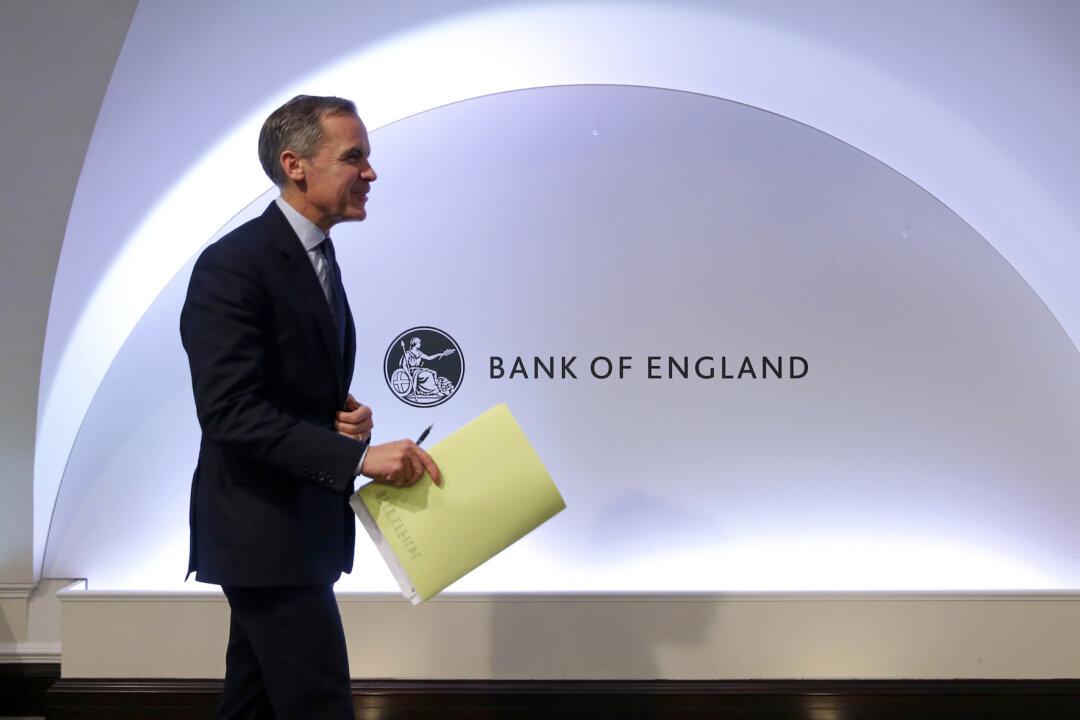LONDON—The worst-case Brexit “no-deal” scenario could plunge Britain into dire economic straits, worse than those brought on by the global financial crash a decade ago, according to the Bank of England.
The doom-and-gloom scenario isn’t a prediction, but the worst possible outcome of a “disorderly” no-deal Brexit, laid out by the central bank as part of a government-sanctioned analysis.





